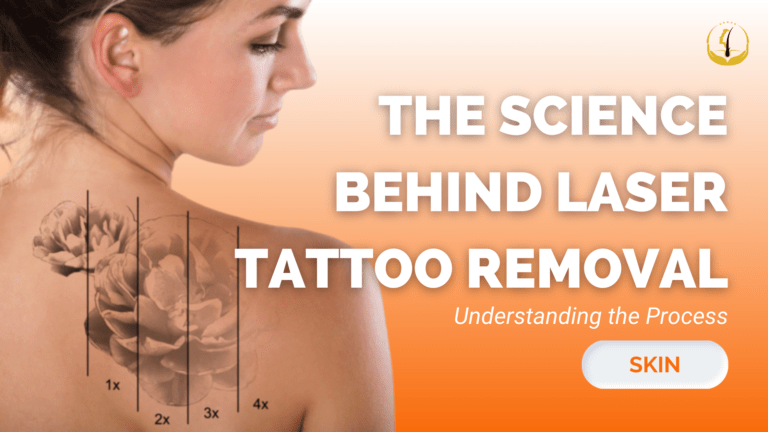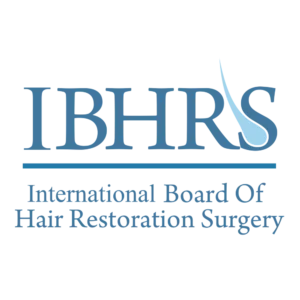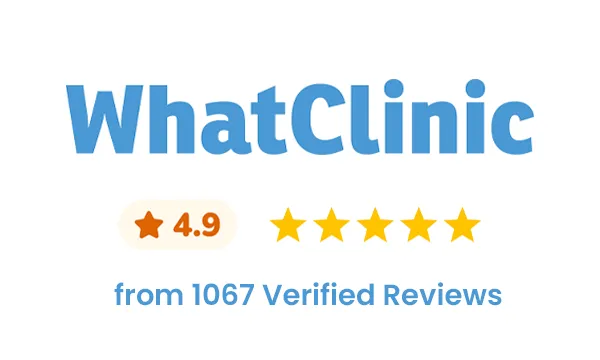Laser tattoo removal stands as an incredible solution for individuals seeking to bid farewell to unwanted ink art on their bodies permanently. Surprisingly, the laser technique remains the most realistic and effective approach for erasing tattoos, providing a solution for those experiencing tattoo regret due to various personal reasons.
The Surge in Tattoo Popularity and the Need for Removal
Over the past decade, tattoos have witnessed a surge in popularity, becoming a rapidly growing trend. However, a significant number of individuals find themselves regretting their ink art due to personal reasons such as relationship changes, past mistakes, or the insignificance of a once-cherished symbol. In such cases, laser tattoo removal emerges as the go-to solution, allowing for the easy and trouble-free elimination of unwanted tattoos.
The Science Behind Laser Tattoo Removal
Specialized lasers designed for removing the tattoo focus on the dark or dull colors of the ink art on the skin. An intense light pulse passes through the upper layers of the skin, specifically absorbed by the darker ink shades. This customized energy pulse breaks the tattoo into minuscule particles, subsequently removed from the body through the immune system over time. Importantly, this laser procedure is virtually harmless to surrounding tissues.
Risks Associated with Laser Tattoo Removal
While every cosmetic or medical treatment carries some level of risk, major complications are extremely rare. Potential issues include scarring, burning, skin discoloration (hyper-pigmentation or hypo-pigmentation), incomplete ink removal, and the risk of infection. Choosing a renowned cosmetic clinic like GLOJAS minimizes these risks, ensuring high-standard services and patient safety.
Is Laser Treatment Painful?
Individuals who have undergone laser tattoo removal often report experiencing minimal pain or discomfort during the procedure. The sensation is commonly described as itching or a mild burning feeling, with the level of discomfort varying based on the treated area’s sensitivity. To enhance comfort, surgeons may apply anesthetic or numbing cream, personalized to the patient’s needs.
Healing Time After Laser Tattoo Removal
In the days following laser tattoo removal, the treated skin may feel sensitive, akin to sunburn, and exhibit redness. In rare cases, a scab may form on the treated area. It is crucial not to scratch or remove the scab to prevent scarring. The healing process is unique to each individual, and for personalized guidance and expert advice, a FREE consultation at GLOJAS Clinic is recommended.
In conclusion, laser tattoo removal stands as a remarkable and effective solution for those seeking to part ways with unwanted tattoos. Understanding the process, associated risks, and aftercare is vital for individuals considering this cosmetic procedure. GLOJAS Clinic, renowned for its high standards, offers expert guidance to ensure a safe and successful laser tattoo removal experience.

















